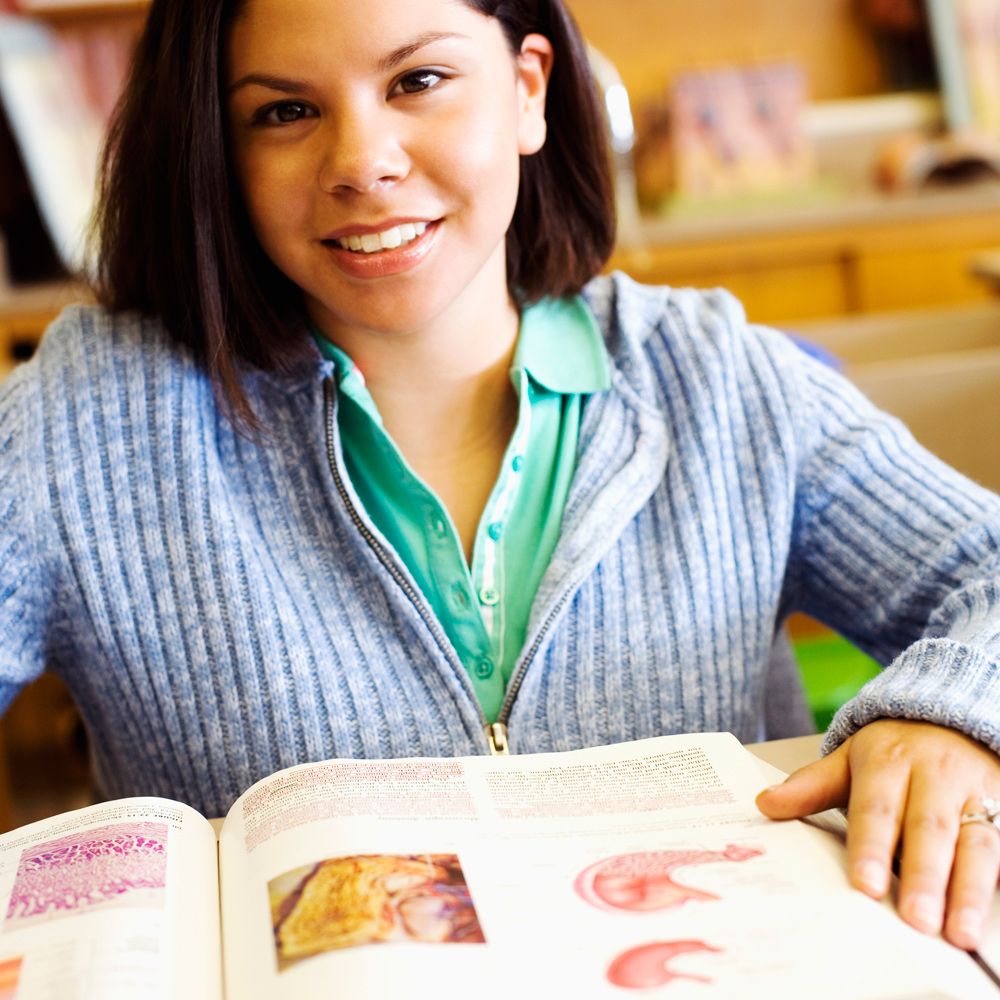My Cart
Your Shopping Cart is currently empty. Use Quick Order or Search to quickly add items to your order!
 Sarah Bottorff
Sarah Bottorff
Technical Support Specialist, Live Materials
March 2016
Want to enhance your textbook material and get your students excited about the content? Want to try new types of assignments and engage your students in critical thinking?
We‘ve chosen 4 staff favorites to accompany content from each of the Big Ideas. Each book suggestion includes a brief synopsis as well as some talking points for in-class discussions or Socratic seminars.
Be sure to check and follow your district policies regarding the use of ancillary materials.
The Story of Life in 25 Fossils: Tales of Intrepid Fossil Hunters and the Wonders of Evolution
By Donald R. Prothero
In this book, Prothero tells the story of life on Earth through a series of 25 fossils. Readers rediscover well-known fossils and are introduced to others they may not be familiar with. The book also discusses the processes involved in paleontology as a science as well as the some of the social, philosophical, and cultural implications surrounding fossils.
You can use this text to introduce your class to the processes of science and show them some of the strongest evidence we have for evolution: fossils.
Potential talking points:
What Is Life? How Chemistry Becomes Biology
By Addy Pross
Virtually all biologists accept that life emerged from non-living matter by processes that can be explained with physics and chemistry. In this book, Pross answers a fundamental question in biology: How can we define life? He goes on to explain how laws governing chemistry and physics manifest themselves in the biological world and present evidence for a fundamental link between chemistry and biology.
Material in the text can be used as a link between your biochemistry unit and future discussions regarding cellular energetics, division, and communications.
Potential talking points:
Genome: The Autobiography of a Species in 23 Chapters
By Matt Ridley
The human genome comes packaged in 23 pairs of chromosomes. What information do these chromosomes contain? How does it shape our bodies, behaviors, and lives?
Ridley provides the reader with a tour of the genome chapter by chapter, providing a glimpse into what we know about genome science. Each chapter discusses a theme in biological research and relates it to our understanding of the genome as we move forward to complete the Human Genome Project.
Material in the text can serve as a springboard for important discussions in cellular biology, genetics, and evolution.
Potential talking points:
Where the Wild Things Were: Life, Death, and Ecological Wreckage in a Land of Vanishing Predators
By William Stolzenberg
This books focuses on top-down ecology and how degradation and habitat modification impact multiple trophic levels. Stolzenberg brings in several recent examples to illustrate the importance of apex predators in ecosystem stability. This book is a must-read for anyone interested in wildlife biology and conservation.
Material in the text can be used to discuss trophic structures, conservation, and the impact of human activities on an ecosystem.
Potential talking points: